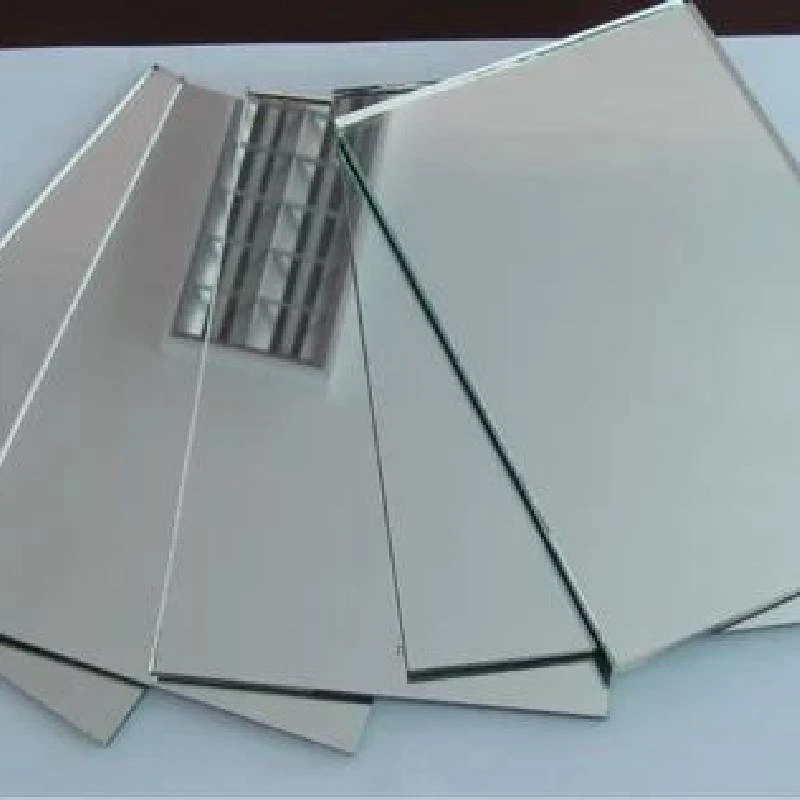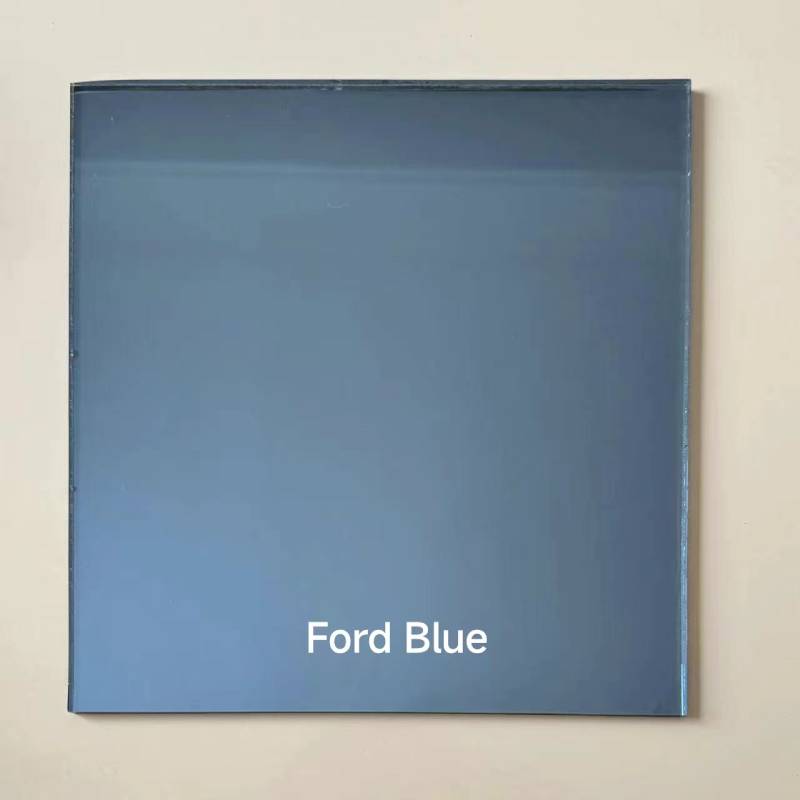Annealed float glass is an indispensable material in the construction and design industries, known for its versatility and impressive properties. As a seasoned expert in this field, I can attest to the unparalleled advantages this material brings to various applications, from residential buildings to commercial complexes. Annealed float glass is produced through a meticulous process where molten glass flows over a bed of molten tin, creating a smooth and uniform surface. This technique not only ensures the aesthetic appeal of the glass but also enhances its structural integrity.

One of the primary advantages of annealed float glass lies in its optical clarity. With an inherent ability to transmit substantial levels of light, this glass is a favorite among architects looking to maximize natural light in their designs. The transparency offered by this glass allows for an unobstructed view, making it a perfect choice for both interior and exterior applications. Moreover, its optical quality is maintained over time, resisting the common issues of discoloration or cloudiness that can afflict other glass types.
Durability is another key feature of annealed float glass. While it’s more susceptible to thermal stresses compared to tempered glass, its strength is adequate for a wide range of normal usage scenarios. It can be cut, drilled, and customized on-site, providing flexibility in installation. These characteristics make it an economical choice without compromising on performance, particularly for large-scale installations like facades and curtain walls.

In terms of application diversity, annealed float glass stands unmatched. Its usage spans across a multitude of sectors including automotive, where it is utilized for windows and windshields, thanks to its perfect flatness and smooth surface. In the realm of interior design, its versatility is evident in applications such as partitions, balustrades, and even furniture elements. The adaptability of this glass ensures it complements any architectural style, from classic to contemporary, proving its worth as a timeless design element.
annealed float glass
From an expert’s standpoint, the processing capability of annealed float glass is noteworthy. It serves as a base material for further treatments and enhancements.
Annealed float glass can be easily transformed into toughened glass or laminated glass, enhancing its safety and security attributes. This ability to undergo various treatments without losing its inherent properties speaks volumes of its reliability and quality.
One of the cornerstones of my experience with annealed float glass is its cost-effectiveness. For projects where budget considerations are crucial, this glass offers a perfect blend of quality and affordability. Its ease of processing and availability in various thicknesses and sizes reduce wastage and optimize resources, making it a sustainable choice.
The environmental sustainability of annealed float glass is another aspect worth highlighting. Its production involves minimal pollutants, and its long service life reduces the need for frequent replacements, aligning with ecological goals. Furthermore, glass is inherently a recyclable material, which enhances its green credentials.
In conclusion, annealed float glass commands a unique position in the market with its combination of excellent visual, structural, and functional characteristics. For anyone looking to employ a material that combines expertise, experience, authority, and trust, annealed float glass represents an optimal choice. Its established track record across multiple industries not only highlights its versatility but also attests to its reliability and expansive potential for innovation.



